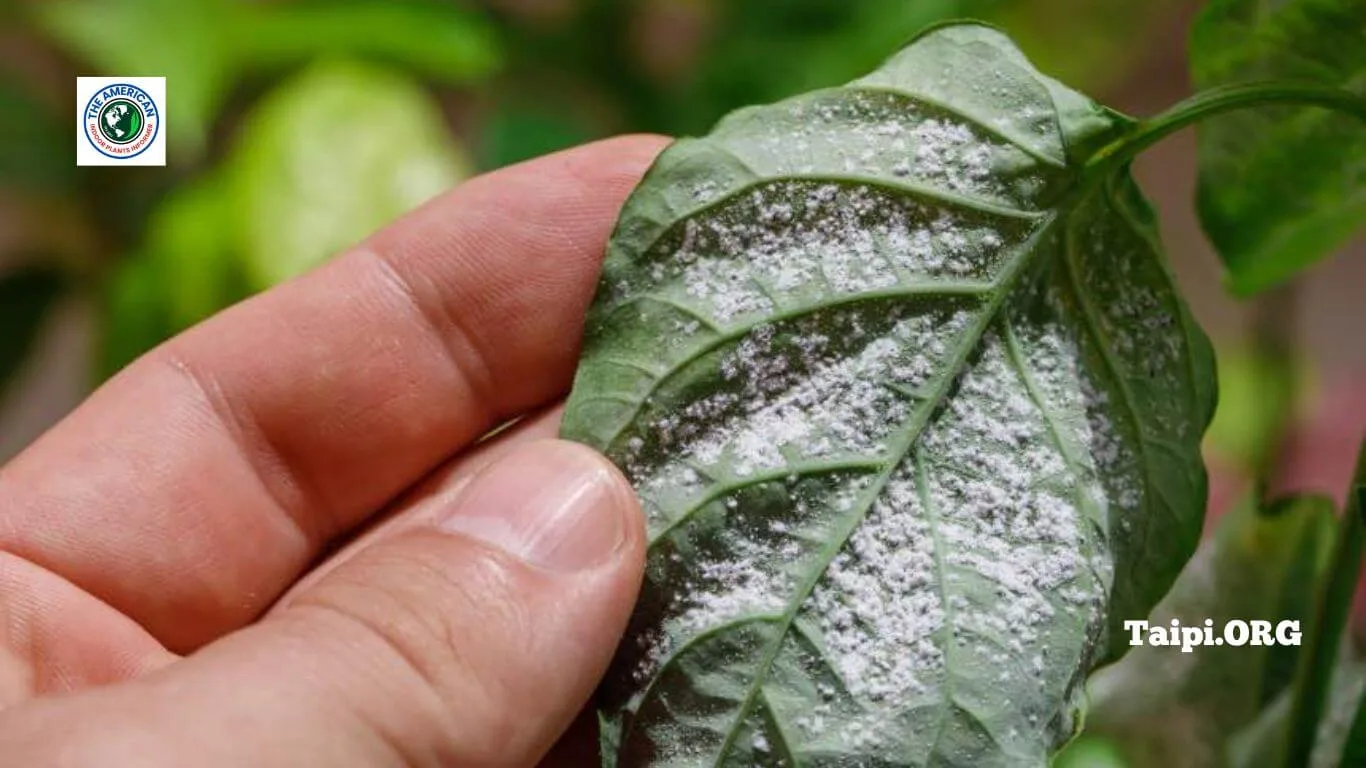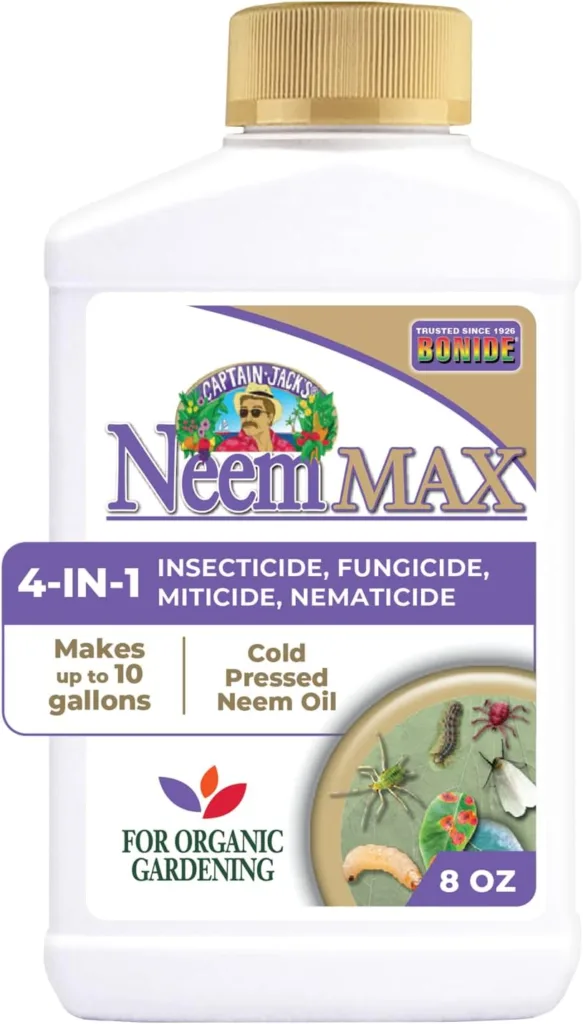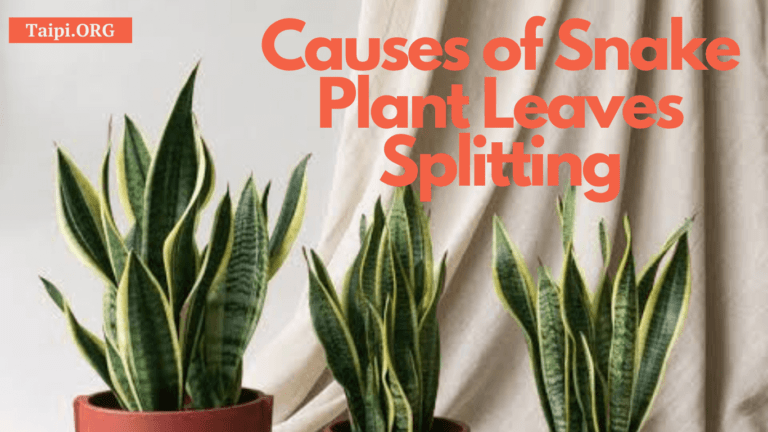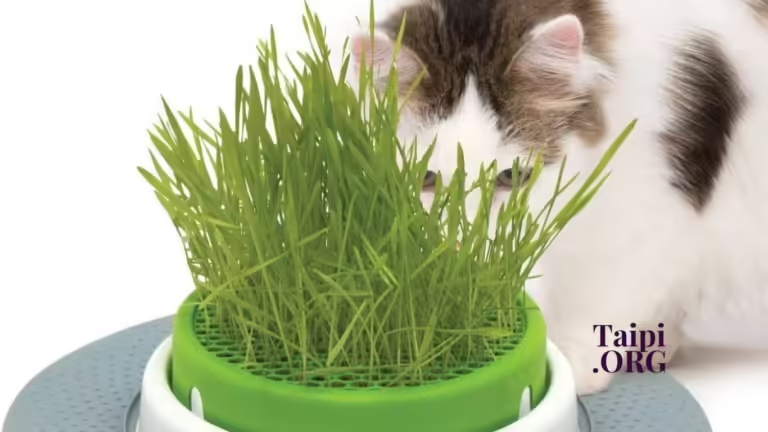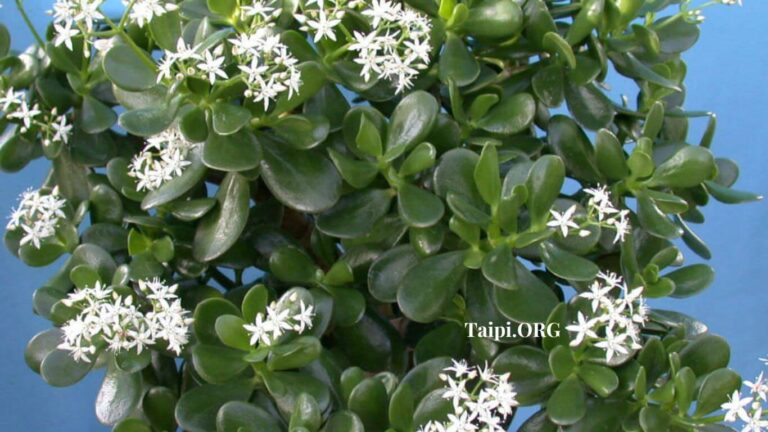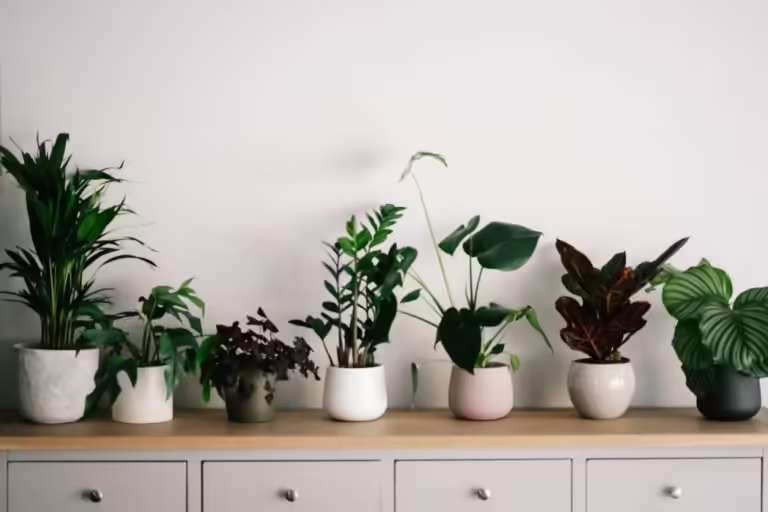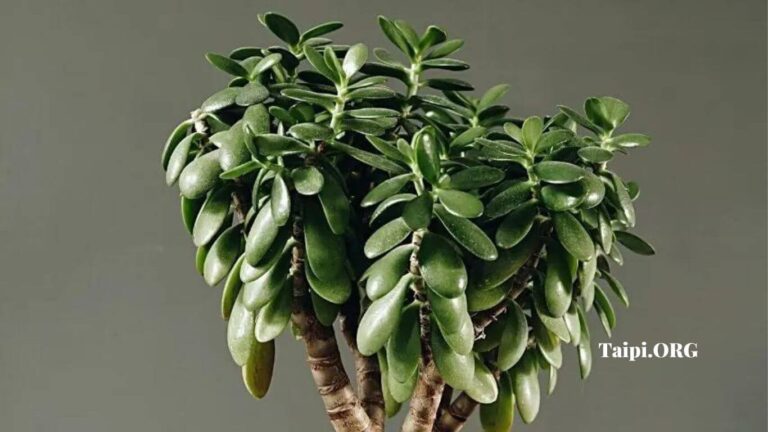How to Get Rid of Spider Mites on Indoor Plants for Good
SPIDER MITES are common pests that can cause significant damage to indoor plants. These tiny arachnids feed on plant sap, leading to yellowing leaves, stunted growth, and even plant death if left untreated.
Fortunately, several effective methods to control and eliminate spider mites are available, ranging from natural solutions to more immediate treatments.
Here, we explore various approaches to get rid of spider mites on indoor plants, including using natural methods, dish soap, and neem oil applications.
Signs for Spider Mites on Indoor Plants
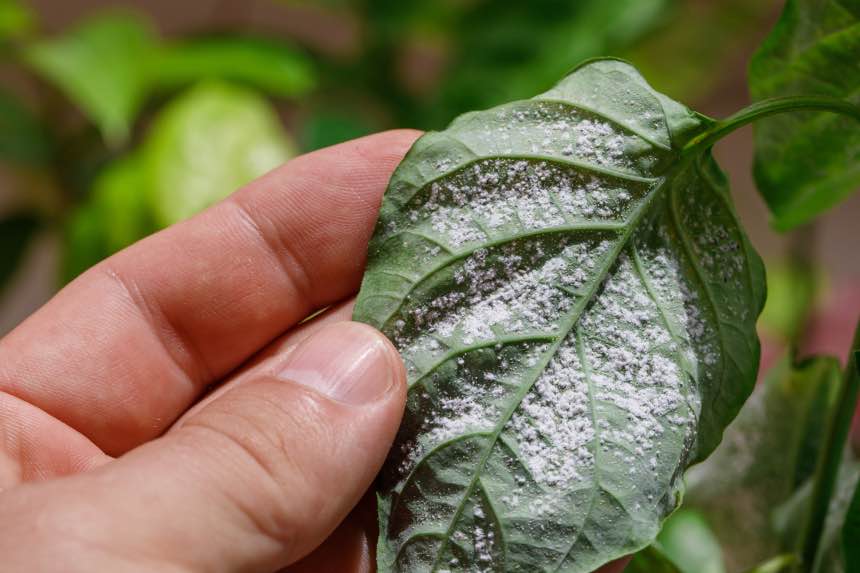
Small, white, or pale spots on the undersides of leaves.
Early detection of spider mites on indoor plants is crucial to preventing a major infestation. Here is a comprehensive list of signs to watch for:
- Visible Webbing: Fine, silk-like webbing on leaves, stems, and around the base of the plant is a clear indicator of spider mites.
- Tiny Dots on Leaves: Spider mites themselves are very small, often appearing as tiny moving dots on the underside of leaves.
- Stippled or Speckled Leaves: Small, light-colored spots or stippling on the leaves. This occurs because spider mites suck the plant’s sap from individual cells.
- Yellowing Leaves: Leaves may start to yellow or bronze, indicating the plant is stressed.
- Leaf Drop: Severe infestations can lead to premature leaf drop.
- Curling of Leaves: Leaves might curl or appear deformed as they are damaged by the mites.
- Reduced Vigor: The overall health and growth of the plant may decline, with stunted growth and poor overall appearance.
- Dry or Brittle Leaves: Leaves can become dry, brittle, and unhealthy-looking.
- White or Pale Spots: Very small, white, or pale spots on the undersides of leaves, which are the empty cells left after the mites have fed.
- Spider Mites on Neighboring Plants: If spider mites are found on one plant, nearby plants are also at risk, so check them carefully.
- Discolored Webbing: As the infestation grows, the webbing may appear discolored due to dust and plant debris sticking to it.
- Presence of Shed Skins: Tiny shed skins from molting spider mites may be visible on the plant.
Regular inspection and early detection can help manage and prevent severe spider mite infestations. If you notice any of these signs, take immediate action to control the problem.
Where Do Spider Mites Come from on Indoor Plants?
Spider mites can originate from various sources and find their way onto indoor plants through several means. Here are a few sources you can expect:
New Plants
One of the most common ways spider mites are introduced to indoor plants is through new plants that are already infested. It’s important to quarantine and inspect new plants before integrating them with existing ones.
Contaminated Soil
Infested soil can harbor spider mites, which can then spread to plants. Using sterile, high-quality potting soil can help mitigate this risk.
Clothing and Pets
Spider mites can hitch a ride on clothing or pets, especially if you’ve been in areas with infested plants. They can then transfer to indoor plants when you come into close contact with them.
Open Windows and Doors
Spider mites can enter homes through open windows and doors, especially if there are infested plants nearby outside.
Shared Tools and Equipment
Using gardening tools, pots, or other equipment that were previously used with infested plants without proper cleaning can spread spider mites.
Air Currents
In some cases, air currents can carry spider mites from nearby infested plants, especially in greenhouses or during certain seasons.
Cut Flowers and Bouquets
Spider mites can come in on cut flowers or floral arrangements brought into the house.
How to Get Rid of Spider Mites on Indoor Plants Naturally
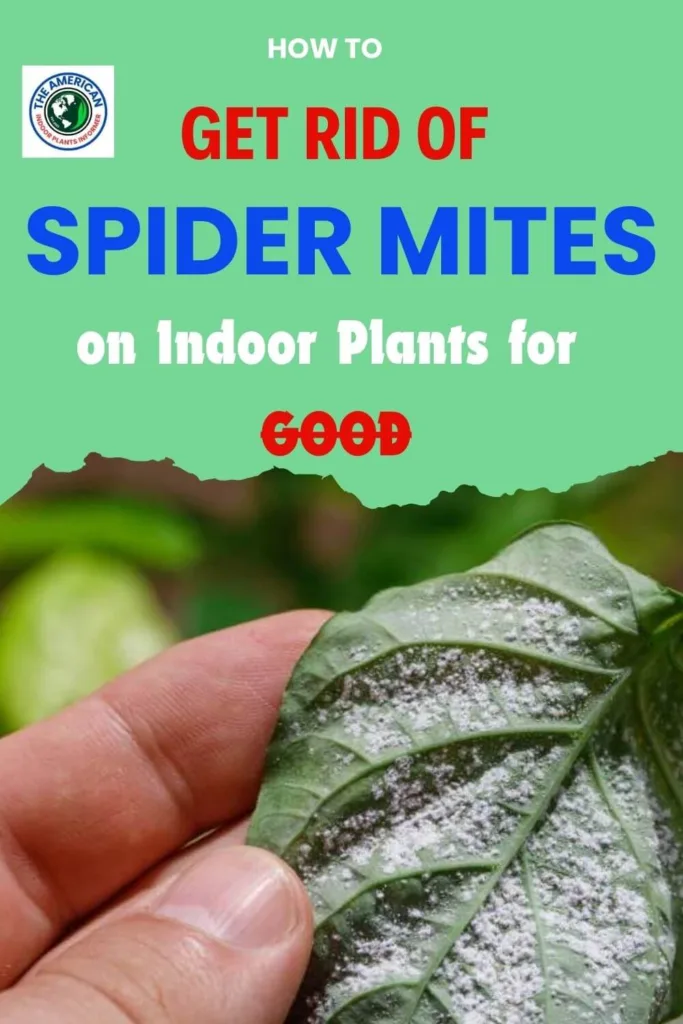
Follow these steps to get rid of spider mites on indoor plants naturally:
Isolate plants: Immediately isolate the infested plant to prevent the mites from spreading to other plants.
Spray your plants with water: Use a strong stream of water to wash off spider mites from the plant. Focus on the underside of leaves where mites congregate.
Use essential oils: Mix essential oils like rosemary, peppermint, or clove with water and spray the solution on the plants. These oils are known for their insecticidal properties.
Opt for beneficial insects: Introduce natural predators like ladybugs or predatory mites into your indoor garden. These insects feed on spider mites and can help control their population.
Related: Beneficial Bugs for Houseplants
How to Get Rid of Spider Mites on Indoor Plants with Dish Soap
Dish soap is a simple yet effective remedy for spider mites. It works by breaking down the mites’ protective outer layer, causing them to dehydrate and die.
Here’s how to use it:
- Mix the Solution: Combine one tablespoon of mild dish soap with one quart of water in a spray bottle.
- Application: Spray the solution generously on the affected plant, ensuring thorough coverage of the tops and bottoms of the leaves.
- Repeat: Reapply every 4-7 days until the spider mites are completely eradicated.
How to Get Rid of Spider Mites on Indoor Plants with Neem Oil
Neem oil is a natural pesticide derived from the neem tree. It disrupts the life cycle of spider mites, preventing them from feeding, reproducing, and molting. Here’s how to use neem oil:
- Prepare the Solution: Mix two teaspoons of neem oil and one teaspoon of mild dish soap with one quart of water in a spray bottle.
- Spray the Plant: Thoroughly spray the plant, covering all surfaces including the underside of leaves.
- Frequency: Apply the neem oil solution every 7-14 days until the infestation is under control.
Neem oil is safe for most indoor plants and also helps in preventing future infestations.
What Kills Spider Mites Instantly?
For immediate results, you may need to use more potent treatments. Here are two options that will kill spider mites instantly:
Rubbing Alcohol: Dip a cotton ball in rubbing alcohol and wipe it on the infested areas of the plant. This method kills spider mites on contact.
Commercial Miticides (pictured ⬆): These are chemical pesticides specifically designed to kill mites. Follow the instructions on the product label for safe and effective use.
Preventing Future Spider Mite Infestations

To reduce the risk of future spider mite infestations, observe the following routine practices:
- Regular inspection: Inspect new plants carefully before bringing them indoors.
- Isolate plants: Quarantine new plants for a few weeks.
- Maintain cleanliness: Maintain good plant hygiene by regularly cleaning leaves and checking for signs of pests.
- Use clean tools: Use clean and sterilized tools and soil.
- Do not share tools: Generosity is a virtue but there are times when you may put this virtue on hold especially if your neighbor does not maintain cleanliness.
- Close the windows: Keep windows and doors closed or screened if outdoor plants are infested.
By being vigilant and taking preventive measures, you can protect your indoor plants from spider mites and ensure they remain healthy and thriving.
Frequently Asked Questions (FAQs)
Q: How do I know if my indoor plant has spider mites?
A: Identifying a spider mite infestation involves looking for several key signs including:
Specks and Spots: Tiny white or yellow specks on the leaves, which are the areas where mites have been feeding.
Webbing: Fine, silky webbing on the underside of leaves and between stems, often visible when the infestation is severe.
Leaf Damage: Leaves may turn yellow, bronze, or have a stippled appearance and eventually fall off. A heavy infestation can cause stunted growth and even plant death.
Q: Can I use household items to get rid of spider mites naturally?
A: Yes, there are several household items and natural remedies that can effectively eliminate spider mites:
Water Spray: A strong stream of water can dislodge spider mites from plants. Focus on the leaves’ undersides.
Dish Soap Solution: Mix one tablespoon of mild dish soap with one quart of water and spray on the affected areas. This solution breaks down the mites’ protective barrier, causing them to dehydrate and die.
Neem Oil: Combine two teaspoons of neem oil with one teaspoon of mild dish soap in one quart of water. Spray this mixture on the plants every 7-14 days to disrupt the mites’ life cycle.
Essential Oils: Oils like rosemary, peppermint, and clove can be mixed with water and sprayed on plants to repel and kill spider mites.
Q: What can I do to prevent spider mites from returning?
A: Preventing future spider mite infestations involves several proactive measures such as:
Regular Inspection: Frequently check your plants for early signs of spider mites or other pests. Early detection can prevent severe infestations.
Maintaining Humidity: Spider mites prefer dry environments. Increasing humidity around your plants by misting them regularly or using a humidifier can deter mites.
Clean Environment: Keep the area around your plants clean and free from debris. Remove any dead leaves or plant material where mites can hide and breed.
Isolating New Plants: When introducing new plants to your indoor garden, keep them isolated for a few weeks to ensure they are not carrying spider mites or other pests.
Final Thoughts
Now, to this end, do you still ask, how to get rid of spider mites on houseplants? True, spider mites can be persistent and damaging pests for indoor plants, but with the right strategies, you can effectively manage and eradicate them. By regularly inspecting your plants, maintaining appropriate humidity levels, and keeping your plant environment clean, you can prevent infestations.
Should spider mites appear, use natural remedies like water sprays, dish soap solutions, and neem oil to control and eliminate these pests without harsh chemicals. For instant results, use rubbing alcohol or commercial miticides to kill spider mites on indoor plants.
By combining preventive measures and effective treatments, you can ensure your indoor plants remain healthy and thriving, free from the threat of spider mites.

